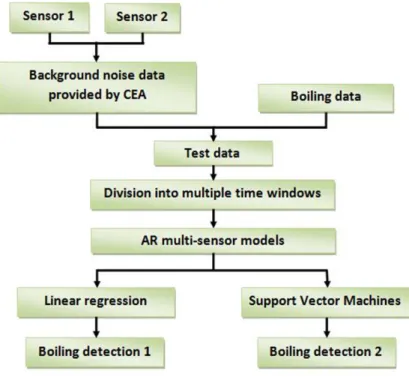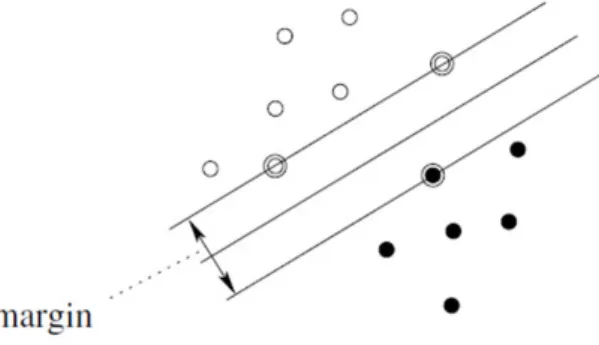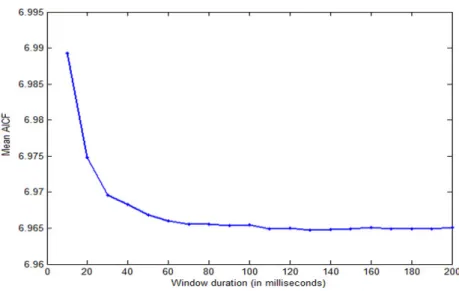Acoustic monitoring of sodium boiling in a Liquid Metal Fast Breeder Reactor from autoregressive models
Texte intégral
Figure

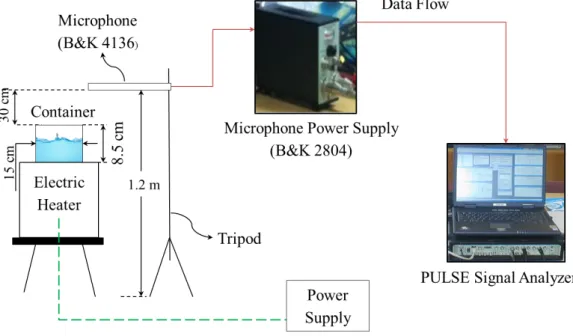
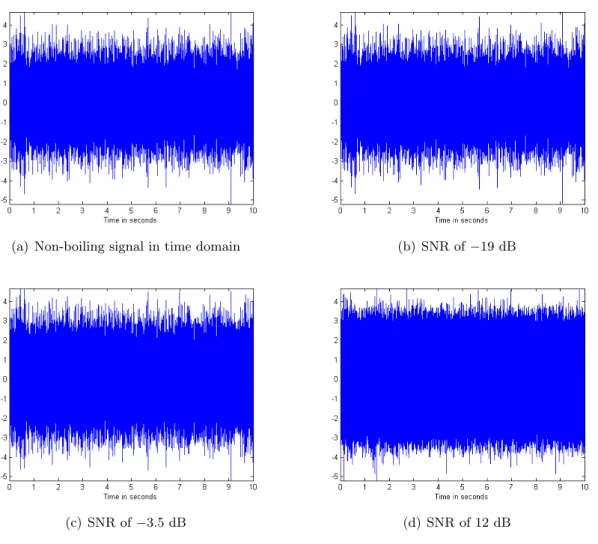
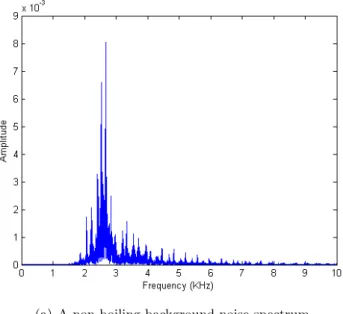
Documents relatifs
Characterization of Sol-Gel derived scintillating LuBO3 films doped with rare earth ions.. Christelle Mansuy, Eric Tomasella, Leon Gengembre, Jean Grimblot, Rachid Mahiou,
We shall use the following result of Botelho [9] which gives sufficient conditions for a multilinear map to be absolutely summing under cotype conditions..
(c) The minimum spanning network (MSN) and the randomized minimum spanning tree (RMST) are identical for the three data sets... (b) The
Upon detecting this condition the algorithm would reduce the waiting times of the users T,..., V while keeping constant their marginal waiting time costs per
Afin d’identifier les cellules productrices d’IFNȕ dans le tissu musculaire inflammatoire des PM et DM, un immunomarquage dirigé contre l’antigène BDCA2, CLR spécifique
29 Voir article 71 AUDCG : le greffier et le greffe du tribunal sont la personne et l’organe compétent en charge du Registre du commerce et du crédit mobilier.. Conformément
Secondly, we present the energy evolution during the op- timization using MBD, the basic MBC and the optimized MBC algorithms while presenting at the same time the object
Dans le bassin Méditerranéen, l’apport nutritionnel du citoyen algérien est inférieur à celui des habitants riverains 3.2kg/ha/an contre 10.5 kg/ha/an malgré les efforts employés
